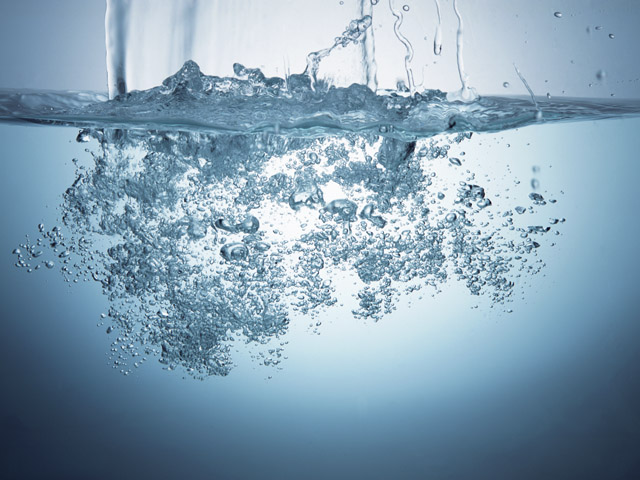Salt content of water for hydroponic use
Salt content is one of the most important factors that should be evaluated before designing a hydroponic production system. It has been found that yields can decreased by 35% using low quality water, or water with high salt content. You will see that if there are elements in the water exceeding normal levels, yields will decrease substantially. Low quality water increases costs so the total effect on profits can be substantial.
The term salts refer to the dissolved form of elements such as sodium and chlorine (ordinary table salt) in water but also other elements such as calcium, magnesium, potassium, iron, manganese, molybdenum, copper etc. The total content of all the elements determine the salt content of the water. It is also extremely important to determine the ratio of the various elements to each other. The ratio of various elements to each other determines the rate of uptake of others. This in essence means that a high concentration of calcium does not imply that one will have high yields or high quality produce.
The salt content of water is measured with an EC meter (also called salinity meter or conductivity meter) (EC standing for electrical conductivity and measured in milli Siemens per centimetre or meter) Some instruments such as the Hanna Instruments HI 98129 Waterproof pH/Conductivity/TDS Tester can measure pH and Salt content). Tap water should have a low salt content, between 0.1 and 0.75mS.cm-1. The higher the EC (or salt content) of the irrigation water, the less fertilizers can be dissolved into the water for plant nutrition. After fertilizers have been added to the water the EC should be between 1.8 and 2.4 mS.cm-1 depending on the crop and climate. By adding more salts (fertilizers) to the water the conductivity of the water is increased and that is exactly what the EC meter measures. The following conversions can be handy when reading other literature:
1 mS.m-1 = 100 mS.cm-1
1 μS.cm-1 = 1,000 mS.cm-1 (μ = micro, m= milli)
1 microSiemens = 1 micomho
Sometimes one finds the authors use TDS or total dissolved solids instead. To convert from TDS to EC is not an exact science but a good indication of the value can be calculated. A value of 1.0 ppm will equal 1.666 mS.cm-1, or a value of 1 mS.cm-1 equals 0.6ppm. Total dissolved solids are expressed as parts per million (ppm or mg.L-1 or mg.kg-1)
It is important to note that when determining the quality of the irrigation water, that no nutrients are dissolved in the sample as it will indicate a false value.
In a certain sense, water containing fertilizers can be classified “brak”. The big difference is that “brak” water found in nature contains either very high concentrations of sodium or chloride or calcium and magnesium. These elements are then usually 10 to 100 times higher than in a nutrient solution used in hydroponics. The pH, electrical conductivity and the concentrations of chlorides, calcium, magnesium, sodium, nitrates, bicarbonates/carbonates and potassium should be included in the analysis. If the EC is less than 0.4mS.cm-1, the grower can assume the water is of a high quality.



